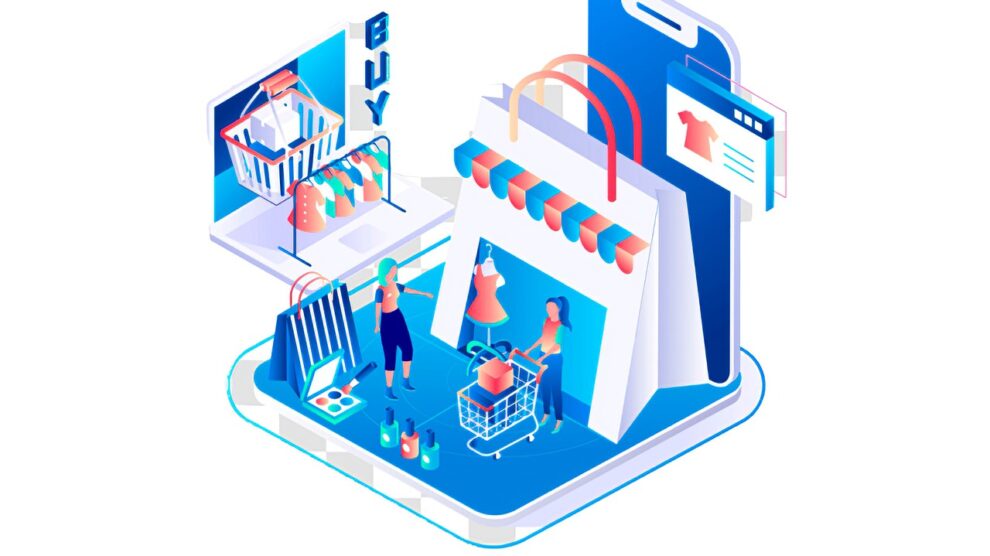What are key performance indicators (KPIs)? They are milestones on your journey to becoming a successful business. Monitoring them regularly will help you track the progress of your marketing, sales, and customer support efforts.
Of course, the KPIs you should be monitoring depends on the goals of your business. While some KPIs support certain goals, they’re irrelevant for other goals. They can differ from industry to industry as well.
Although KPIs vary depending on the goal you want to accomplish, there are some that every ecommerce business should measure.
Here’s my list of the top six ecommerce KPIs-
1. Conversion Rates
Your conversion rate tells you the percentage of visitors that took any action on your website. It’s a measure of how effective your website is at encouraging otherwise passive visitors to take an action.
This could include signing up for an email newsletter, making a purchase, or other actions. Simply put, the conversion rate is the ratio of the number of sales/actions to the number of visitors.
According to a study by Wolfgang Digital, the average conversion rate of ecommerce businesses is 1.56%. Factors like the total sessions, time spent on the website, page load speed, etc. impact your conversion rates.
2. Average Order Value (AOV)
Average order value is a measure of the average amount spent on all the orders placed with an ecommerce business. This ecommerce KPI offers insights into how much you’re earning per customer.
It will help you make pricing decisions, understand customer behavior, and choose the right marketing channel for your products. Do keep in mind that AOV is calculated per order, and not per customer. It’s the ratio of your revenue to the total number of orders.
3. Website Traffic
Site traffic is one of the most critical ecommerce KPIs for a marketer. However, it goes beyond just counting the number of site visitors you’ve had. You can hook up your site to tools like Google Analytics to gain more actionable insights about your traffic.
You can track the number of page views per visit, the referral traffic sources, bounce rates, new visitors versus returning ones, etc. These metrics have become an industry standard as marketers seek to get more in-depth information about their customers.
4. Customer Acquisition Costs (CAC)
Customer acquisition costs are another important ecommerce KPI that you should be measuring. Calculating your CAC will help you understand your marketing and sales expenses to attract and convert potential customers.
To calculate your acquisition costs, divide your total marketing and sales costs over a certain period by the number of customers you gained over the same period. Remember that these costs include any salaries and overhead required in the conversion process.
Knowing your acquisition costs will help you get a clearer picture of the scalability and sustainability of your business. Compare it with your AOV to determine that.
For instance, if your CAC is $20 but AOV is $17, you’ve got a problem on your hands. However, if your AOV is considerably more than your CAC (say $60 in this case), you’re in a good position.
5. Cart Abandonment Rate
Cart abandonment in ecommerce, refers to site visitors placing products in their e-cart and then leaving without actually making a purchase. It’s every ecommerce business’ nightmare – spending money to entice customers without getting anything in return.
The Baymard Institute calculated the average abandonment rate for ecommerce businesses and found it to be 69.89%. By any measure, that is a staggering number, and you should focus on lowering that rate for your business.
6. Customer Lifetime Value (CLV)
The projected revenue an average customer spends in your store, during their lifetime, is called customer lifetime value. It’s another ecommerce KPI that will help you determine and plan your projected costs and acquisition strategies.
CLV is the secret to understanding the value that each customer, potentially, has for your business. You can calculate CLV by subtracting your complete expenses over the association with the customer from the total profits they generate over the same period.
CLV is particularly important for your customer retention plans. You should have a retention strategy beyond the initial purchase. With targeted marketing and good customer support, you can build long-term customer relationships. Cross-selling and upselling strategies, as well as loyalty programs, can help ensure they keep returning for more.
Bonus: Exceeding Your KPI Goals
It’s not enough to simply know which ecommerce metrics to measure if you can’t exceed your KPI goals. While there are many strategies that you can employ, I believe in the power of SEO and influencer marketing.
1. Influencer Marketing
Now we’re all aware of what influencer marketing is and its general benefits for a business. Influencer marketing, done right, can help you with practically all of the ecommerce KPIs we’ve discussed above.
It can help you generate more site traffic, improve conversion rates, reduce abandonment rates, and increase your CLV. Ecommerce brands like Milk Makeup have leveraged influencer marketing to accomplish this and other goals.

Running influencer marketing campaigns, however, isn’t as easy as it looks. From finding the right influencers to managing and monitoring your campaigns, there’s a lot you need to take care of. You can use automated tools to make things easier, that can help in influencer discovery, outreach, or campaign management.
2. SEO
As an ecommerce business, a great deal of your business comes from the people who find your site through search engines. This little nugget of information makes it crucial for you to be a top site in search engine results.
To do that, of course, you need to optimize both your on-page and off-page elements. It includes working on your content, keywords, external and internal links, and having a properly structured page.
Conclusion
The key to growing any business is monitoring your performance and tweaking your strategies accordingly. That’s why it’s important to stay on top of your goals and figure out which ecommerce KPIs suit your business.
Which ecommerce KPIs do you think are crucial for ecommerce businesses? Comment below.





